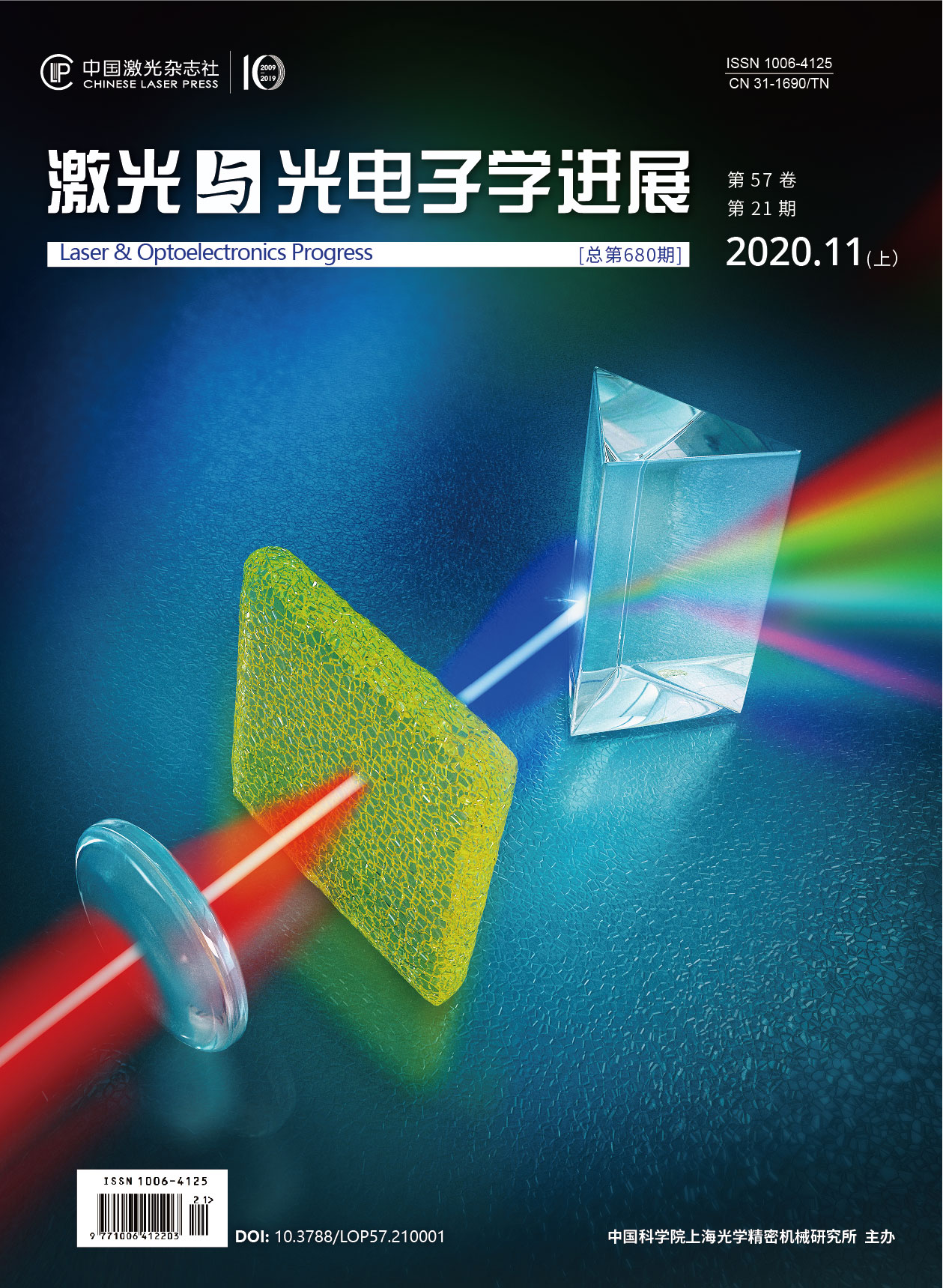激光与光电子学进展, 2020, 57 (21): 212803, 网络出版: 2020-11-06
基于点云数据的毛竹笋蓄积量-生物量模型研究  下载: 831次
下载: 831次
Volume-Biomass Conversation Model of Moso Bamboo Shoots Based on Point Cloud Data
遥感 毛竹笋 地面三维激光扫描 蓄积量 生物量 remote sensing moso bamboo shoots three dimensional terrestrial laser scanning volume biomass
摘要
毛竹笋生长与毛竹产量及固碳能力有密切的关系,研究毛竹笋蓄积量与生物量之间的关系,探讨毛竹笋生物量变化规律,有利于了解毛竹笋的生长特性。利用地面LiDAR技术获取毛竹笋三维点云数据,进而构建毛竹笋三维模型,并计算其体积,尝试建立毛竹笋蓄积量转换为生物量的数学模型。试验结果表明:对于利用毛竹笋三维模型计算的体积与利用Simalian公式计算的体积,两者相关性高;通过样本检验发现,毛竹笋蓄积量与生物量的转换模型精度达到84.24%。以上研究表明,地面LiDAR可以为毛竹笋生物量的快速测算提供体积参数。
Abstract
The growth of moso bamboo shoots is closely related to the yield and carbon sequestration ability of moso bamboo. The studies on the relationship between volume and biomass as well as the changing rule are beneficial to our understanding of the growth characteristics of moso bamboo shoots. Three-dimensional point cloud data of moso bamboo shoots are first obtained by the ground LiDAR technology. Then, the three-dimensional model of moso bamboo shoot is constructed and its volume is calculated. A mathematical model is finally established to convert the volume of moso bamboo shoot into its biomass. The test results show that there exists a high correlation between the volume calculated from the three-dimensional model and that computed by the Simalian''s formula. Through the sample test, the accuracy of the conversion model between volume and biomass of moso bamboo shoot reaches 84.24%. The above studies show that the ground LiDAR can provide volume parameters for the rapid biomass measurement of moso bamboo shoot.
郑阳龙, 徐文兵. 基于点云数据的毛竹笋蓄积量-生物量模型研究[J]. 激光与光电子学进展, 2020, 57(21): 212803. Zheng Yanglong, Xu Wenbing. Volume-Biomass Conversation Model of Moso Bamboo Shoots Based on Point Cloud Data[J]. Laser & Optoelectronics Progress, 2020, 57(21): 212803.







